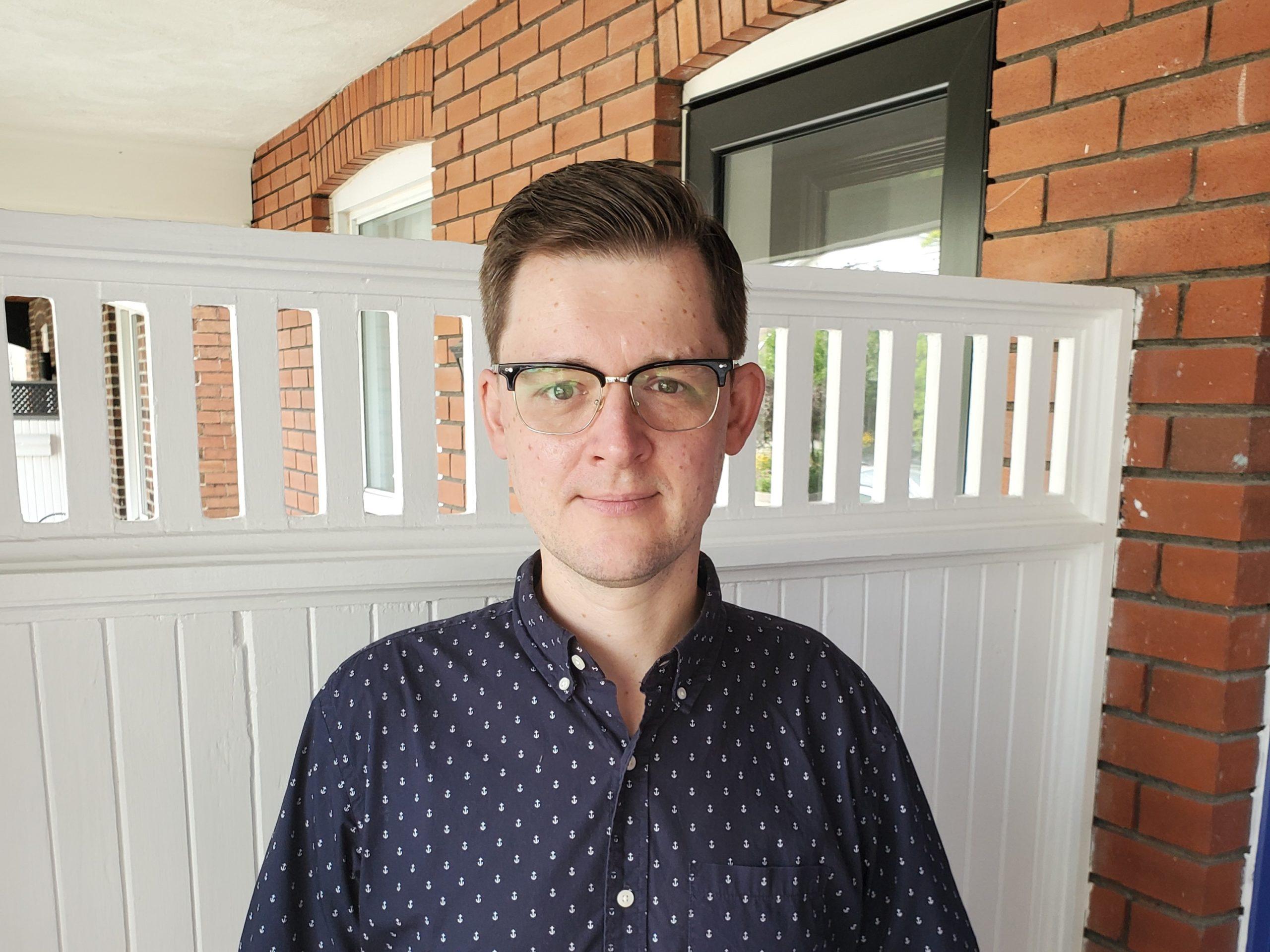Working together to prevent the spread of the COVID-19 virus in the Crescent Town neighbourhood
Within the past few months, the rapid spread of COVID-19 has taken a toll on all Ontarians, and in particular those who are most at risk are residing within vulnerable, population-dense areas like the Crescent Town neighbourhood in East Toronto.
Crescent Town is a small area located between Victoria Park Avenue and Danforth Avenue. About 6,000 residents, most of whom have immigrated to Canada, call the neighbourhood home. Neighbourhoods like Crescent Town are high-risk for COVID-19 outbreaks due to a combination of factors such as low income, dense population in high-rise buildings, and lack of food security. When the Ontario government declared a state of emergency in mid-March, WoodGreen took action to team up with local health-based service providers and professionals to come up with new ways to prevent the spread of the COVID-19 virus in this potential ‘hot spot’ to avoid what could have been a catastrophic outbreak.
Using a collaborative approach, WoodGreen’s Inter-Professional Care (IPC) team, Michael Garron Hospital, The Neighbourhood Organization, South Riverdale Community Health Centre, and other community agencies and health care professionals formed a partnership and joint advisory team to figure out how to best serve this neighbourhood during the pandemic to keep people safe.
Residents from Crescent Town were also eager to get involved in this initiative by volunteering for the partnership’s Community Response Team. “When I first heard about the pandemic, one of my immediate concerns was about the safety of my community,” said Zoya, a Crescent Town resident. “I was looking for ways to help out with the pandemic, I wanted to contribute in more ways than staying at home and physical distancing. So, when I heard about the Community Response Team, I was thrilled to join and be involved in volunteer work that is directed towards the safety of my community.”
Posters on proper hand washing technique and explaining the purpose of using a cloth face mask were created and circulated in various languages to cater to the diverse cultural backgrounds of the neighbourhood. The joint advisory team was able to secure over 4000 cloth masks to provide to each resident in Crescent Town. Masks were individually packaged and delivered with instructions in multiple languages on how to properly put on, and remove, a cloth mask by members of the Community Response Team.
Along with regularly checking in with their neighbours, volunteers connect residents with the resources that are available online, or in the Community. The volunteers also meet virtually every week to discuss community concerns and WoodGreen staff relay information with the Advisory Team which would help further improve the initiative and efforts to decrease the spread of the virus in the area. To ensure consistent and accurate information with their residents, the Community Response Team tapped into using other avenues of communication. A public Google drive with all the resources was shared with residents and building managers so they can request any materials that may be missing at their location.
“While WoodGreen’s IPC team has facilitated this initiative, we are greatly impressed with the level of leadership and ownership demonstrated by the community residents in taking this health promotion campaign forward” said Nadjib Alamyar, Supervisor of WoodGreen’s Newcomer Coordinated Care program.
 Community Response Team volunteer, Zoya, delivering individually-wrapped masks and informational posters in the Crescent Town neighbourhood.
Community Response Team volunteer, Zoya, delivering individually-wrapped masks and informational posters in the Crescent Town neighbourhood.

Community Response Team volunteer Tanveer distributing posters in the Crescent Town area to encourage physical distancing.
Community Response Team volunteer Tanveer has seen a noticeable shift in the community since the emergence of this initiative. “We’ve been posting these informational posters throughout the neighbourhood, in my own building, and elsewhere. I truly believe that these resources will go a long way in making our community more aware of taking important steps and practices to keep us all safe”.
The collaborative efforts between local agencies and residents has had a positive impact on the community during a challenging time. By eliminating barriers on accessing information, the advisory committee was able to communicate the importance of taking proper health pre-cautions to successfully achieve their goal of preventing an outbreak of COVID-19 in this high-risk area. “Our hope is that the ‘Community Health Hubs’ model can be adopted in neighbourhoods throughout East Toronto – it’s an excellent example of integrated health care in action,” said Wolf Klassen the Vice President of Program Support at Michael Garron Hospital.
“The most important part of this work is placing the voices of community members and residents at the centre of care – by hearing their challenges and concerns firsthand, our collective organizations are able to work together to find solutions that meet the specific needs of this neighbourhood.”


